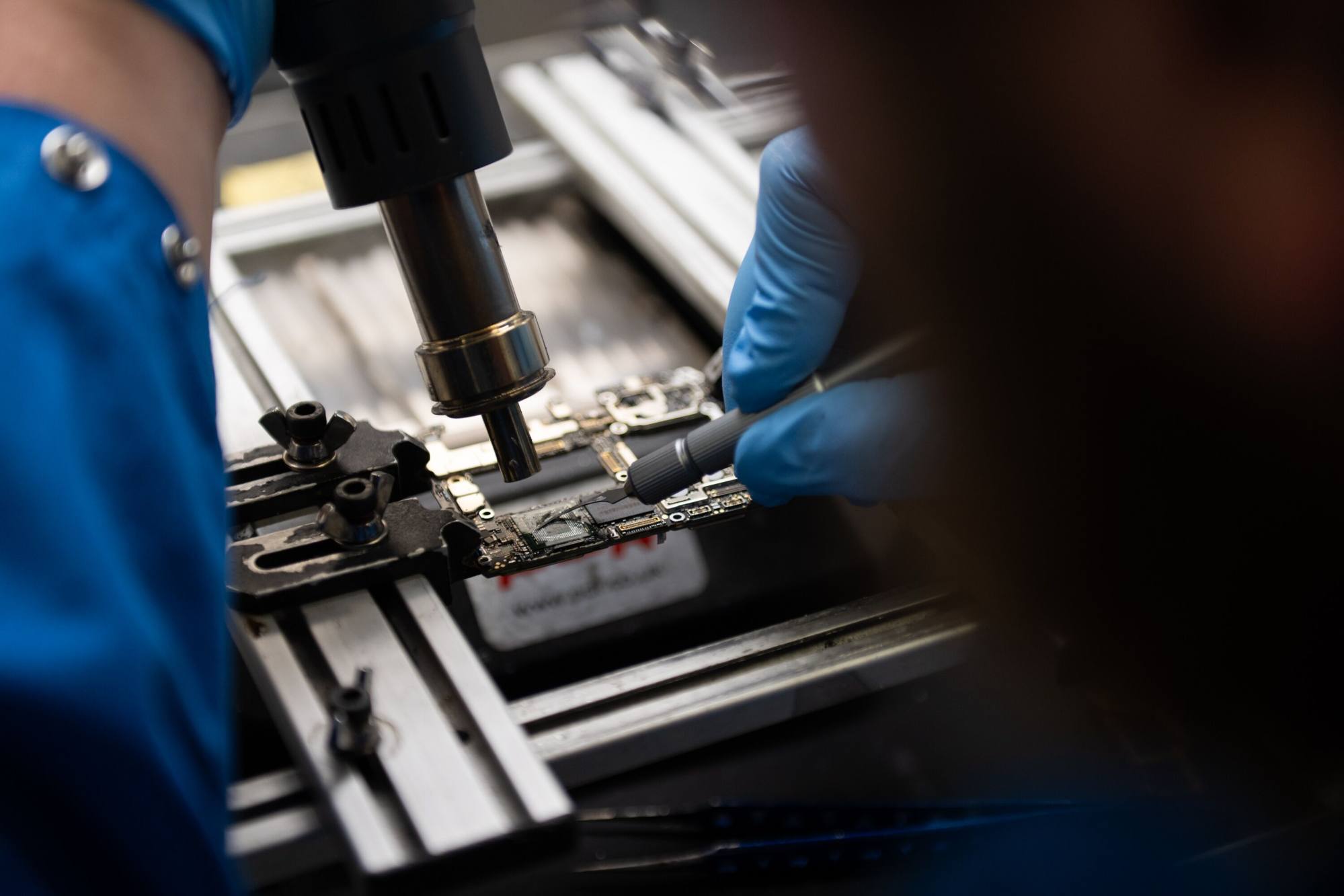US semiconductor research firm TechInsights said in a report that SMIC made the Kirin 9000s via its 7-nanometer process, known as the N+2 node, fuelling speculation that the chip maker was helping Huawei clandestinely overcome stifling US tech sanctions.

Advertisement
Where did Huawei get the advanced chips for its latest Mate 60 Pro smartphone?
Where did Huawei get the advanced chips for its latest Mate 60 Pro smartphone?
“The most likely explanation” for the new Kirin 9000s processor used on Huawei’s Mate 60 Pro handset was that SMIC used existing deep-ultraviolet (DUV) lithography equipment to make the chip, according to Tilly Zhang, an analyst at research firm Gavekal Dragonomics.
“DUV lithography can also be used to make chips at smaller process nodes,” Zhang said. “It is not usually considered commercially sensible, but it is not technically impossible.”
Advertisement
China’s top chip foundry SMIC reports lower revenue and profit
China’s top chip foundry SMIC reports lower revenue and profit
Advertisement
Another bold suggestion was offered by Jefferies’ Lee, who indicated that SMIC had no direct part in producing the HiSilicon-designed Kirin 9000s.
“While the Kirin 9000s may have a similar build structure as other chips made by SMIC, it could have actually been built by Huawei,” Lee told the Post, reiterating his views in a research note published on Tuesday.
“We believe it is highly likely that Huawei bought SMIC technology and equipment to develop the Kirin 9000s,” he said. “That was after the Chinese chip maker said it had stopped its n+1 and n+2 research and development programmes, which are equivalent to 10-nanometre and 7-nm [chip manufacturing] processes based on our understanding.”
Speculation swirls around Huawei’s advanced chip for its latest smartphone
Speculation swirls around Huawei’s advanced chip for its latest smartphone
There are no public reports or evidence about Huawei buying advanced chip-making technology and equipment from SMIC. Still, SMIC quietly took down information about its 14-nm production from its website in May, which fanned speculation that the firm was focusing on mature node production.
Advertisement
“We believe TechInsight’s conclusion is likely based on their comparison of the build structure of Kirin 9000s with that of other SMIC-built chips that it has analysed before,” Lee said in the Jefferies research note. “While that is technically sound, we believe legally it does not mean the chip was necessarily made by SMIC.”
Advertisement


